19 Feb Understanding Today’s Youth

Roger Vezeau is Director of Student Ministries at College Park UB church (Huntington, Ind.) and a member of the denominational Youth Ministry Team.
Today’s youth want community–meaningful, authentic relationships with peers and adults who are not judgmental. They are motivated first by what draws their attention, but they stay when challenged to be part of something bigger than themselves.
Youth are drawn to a community that cares about people and the concerns of the world. They long for a place/community that makes them laugh, brings joy to their lives, and challenges them to think and respond. They want to find the meaning of life and their role in it.
Adults may think that youth are not interested in spiritual things, but nothing could be further from the truth. Teens have a very high interest in God and their spiritual life. They need the freedom to question, doubt, and explore spiritual truth without the judgment from others. On the other hand, they are turned off by judgmental people who care more about protecting what they believe rather than showing people the love of Jesus.
Today’s teens may challenge orthodoxy, but that doesn’t mean they won’t embrace it. They just need to wrestle for their own answers and not be expected to blindly receive their elders’ views. Let’s trust the work of the Holy Spirit to guide as they question.
In my experience, the best way to help youth grow spiritually is through a healthy family surrounding the youth. On the other side is the youth who comes from a broken family or deep hurt, looks for answers, and finds that the world does not deliver the answers it promises.
If they have an authentic, caring, mature adult in their life, they will be more apt to talk about these things. That is how you connect with today’s youth–through authentic, non-judgmental relationships from caring adults. Show them that they matter and that you value them.

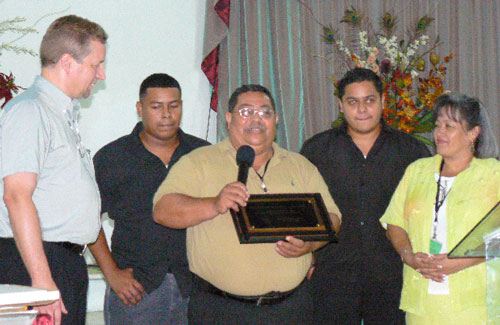
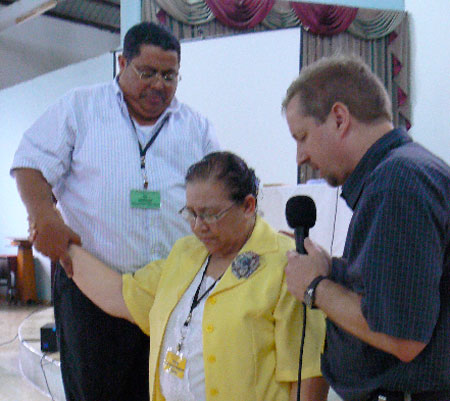
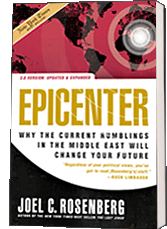
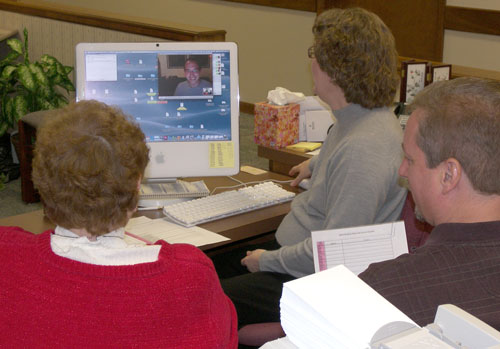
 The online registration system is now up and running, as of last night. In fact, we’ve had several registrations already. So things are moving along! Just go to the
The online registration system is now up and running, as of last night. In fact, we’ve had several registrations already. So things are moving along! Just go to the 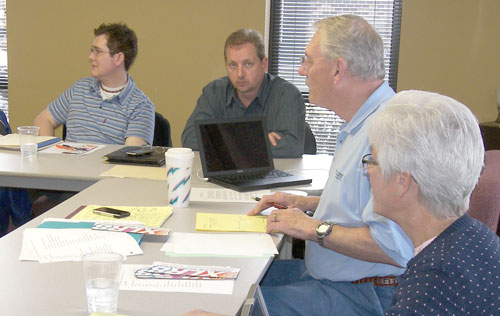
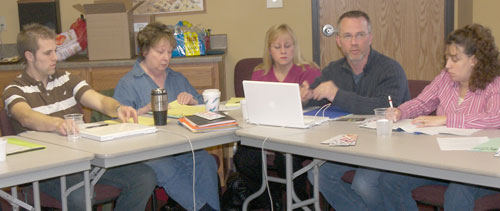
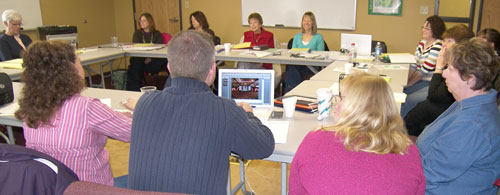
 John Edmund Kaiser in his book,
John Edmund Kaiser in his book,